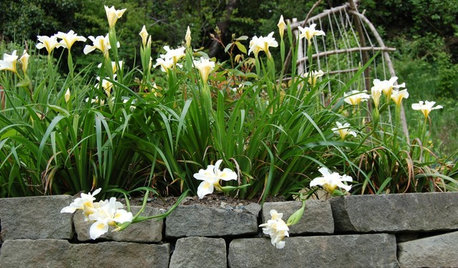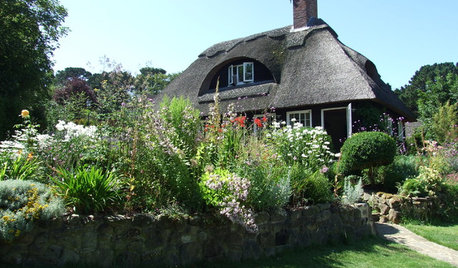Growing Pacific Wax Myrtle Hedge in Vancouver BC
zenshack
14 years ago
Featured Answer
Comments (17)
muddydogs
14 years agoRelated Professionals
Port Royal Landscape Architects & Landscape Designers · Wixom Landscape Architects & Landscape Designers · Huntington Landscape Contractors · Lebanon Landscape Contractors · Royal Oak Landscape Contractors · Vineyard Landscape Contractors · Wentzville Landscape Contractors · North Hills Landscape Contractors · Cockeysville Fence Contractors · El Monte Fence Contractors · El Segundo Fence Contractors · Saint Louis Park Fence Contractors · Slidell Fence Contractors · Summit Fence Contractors · Palmetto Outdoor Lighting & Audio Visual Systemszenshack
14 years agogardengal48 (PNW Z8/9)
14 years agoEmbothrium
14 years agolarry_gene
14 years agoEmbothrium
14 years agoEmbothrium
14 years agoLordtwig
12 years agojohnaberdeen
12 years agoEmbothrium
12 years agodottyinduncan
12 years agoEmbothrium
12 years agojohnaberdeen
12 years agoEmbothrium
12 years agolocust8
12 years agoEmbothrium
12 years ago
Related Stories

GARDENING GUIDESTop 10 Native Plants for the Pacific Northwest
More than just gorgeous and adaptable, these standout plants convey a sense of place
Full Story
GARDENING AND LANDSCAPINGGrow a Lush Privacy Screen
No need to wait forever for patio privacy the green way. These 10 ideas will get your screening up and running in no time
Full Story
GARDENING GUIDESTop 12 Summer-Blooming Perennials for Deer-Resistant Drama
Can you have garden color, fragrance and exciting foliage with hungry deer afoot? These beauties say yes
Full Story
LANDSCAPE DESIGNSmall Garden? You Can Still Do Bamboo
Forget luck. Having bamboo that thrives on a wee plot just takes planning, picking the right variety, and keeping runners in check
Full Story
GARDENING GUIDESOh, Deer! 10 Native Flowers That Stand Up to the Herds
Keeping a garden amid hungry deer can be hard, but these plants should fare well
Full Story
SAVING WATERHouzz Call: Are You Letting Go of Your Lawn?
Many facing a drought are swapping turf for less thirsty plantings. If you’re one of them, we’d like to hear about it
Full Story
GARDENING GUIDESGreat Garden Combo: 3 Wonderful Plants for a Deer-Resistant Screen
Protect your privacy and keep deer at bay with a planting trio that turns a problem garden area into a highlight
Full Story
GARDENING GUIDES10 Cold-Hardy Succulents for Cool-Season Interest
These attractive plants shrug off colder temperatures, and many can be brought inside in containers in extra-chilly climates
Full Story
GARDENING FOR BIRDSFeed the Birds: 6 Plants for Abundant Winter Berries
Be kind to your fair feathered friends during lean food times by planting a shrub or tree loaded with nutritious snacks
Full Story
LANDSCAPE DESIGNHow to Create a Cottage-Style Garden
If you like an abundance of plants — and visits from birds, bees and butterflies — this may be the style of yard for you
Full StoryMore Discussions










gardengal48 (PNW Z8/9)